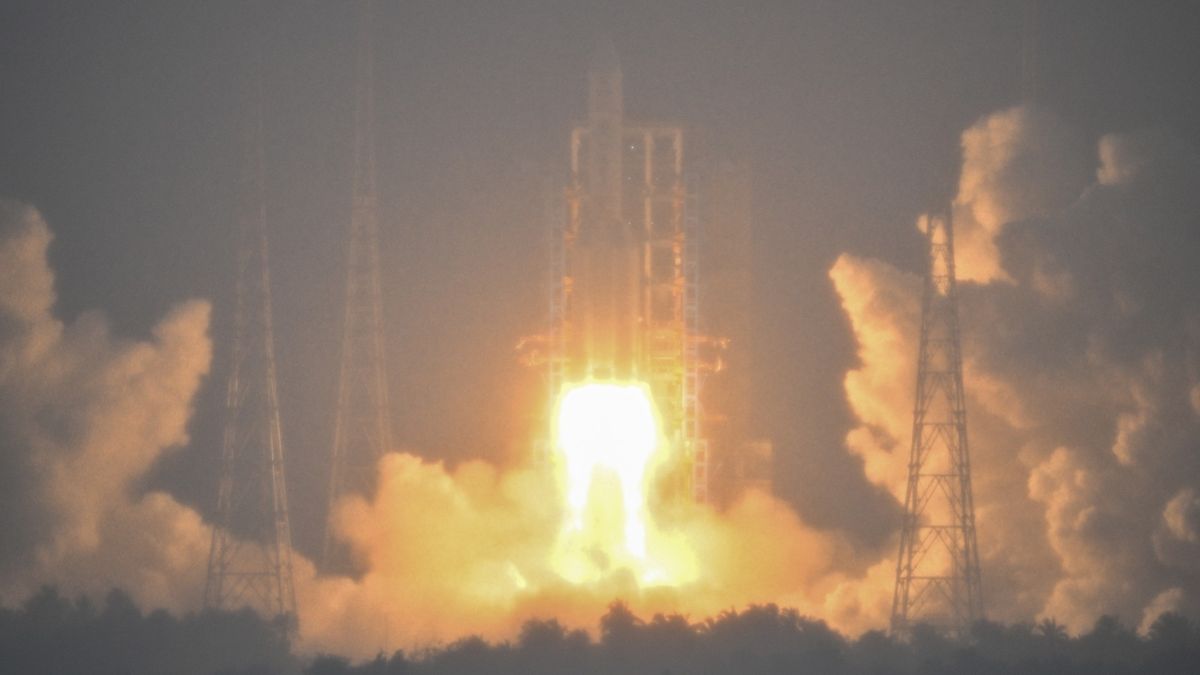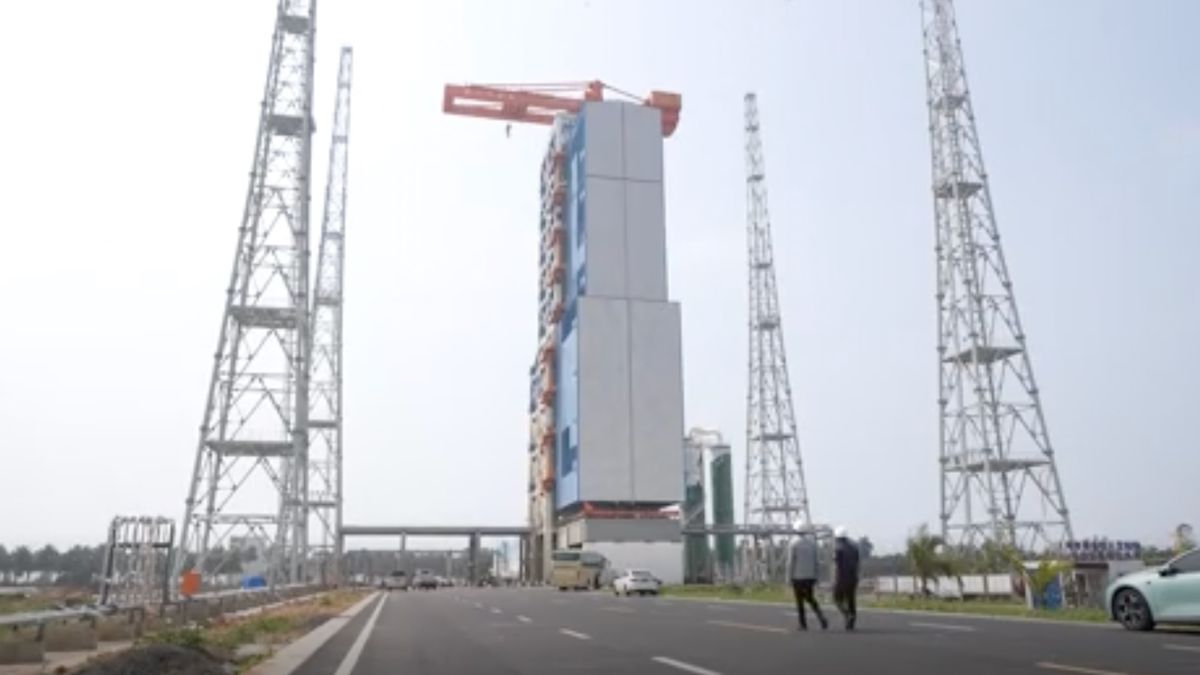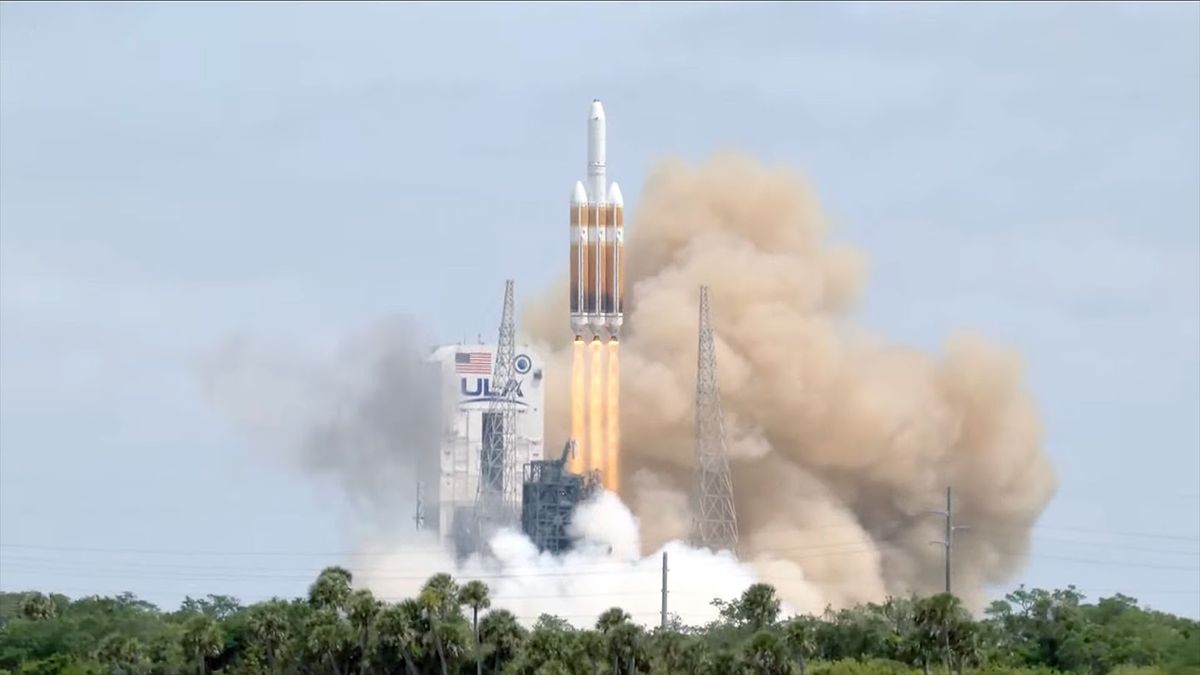China’s Chang’e 6 Mission: Exploring the Moon’s Far Side
Today, China embarks on a bold endeavor to uncover the mysteries of the moon’s elusive far side. The Chang’e 6 mission sets out to achieve a monumental feat by collecting samples from this uncharted territory and returning them safely to Earth.
A Historic Launch
At 5:27 a.m. EDT on May 3, the Chang’e 6 mission commenced, marking a significant milestone in China’s space exploration endeavors. The Long March 5 rocket propelled the robotic spacecraft from the Wenchang Space Launch Site in Hainan province. The mission is set to revolutionize our understanding of the moon and its evolution.
Revolutionizing Lunar Exploration
The moon’s hidden far side presents a unique scientific opportunity due to its stark differences from the familiar near side. While past missions focused on the near side, the far side remains largely unexplored. Chang’e 6 aims to shed light on this enigmatic region and unlock its geological secrets.
Scientists eagerly anticipate the insights that samples from the far side could provide. These samples could help unravel the mysteries surrounding the moon’s formation and shed light on its early history. The Chang’e 6 mission represents a crucial step in advancing our knowledge of the lunar surface.
The Path Ahead
The Chang’e 6 mission comprises four vital components: a lunar orbiter, a lander, an ascender, and an Earth reentry module. The intricacies of this mission exemplify China’s technical prowess and its commitment to pushing the boundaries of exploration.
The lander is poised to touch down within the Apollo crater, located in the South Pole-Aitken basin. This vast impact crater holds clues to the moon’s geological past, offering a glimpse into its ancient history. By studying samples from this region, scientists hope to uncover pivotal information about the moon’s evolution.
Pioneering Lunar Research
China’s lunar ambitions extend beyond the Chang’e 6 mission. The nation aims to establish a crewed outpost near the moon’s south pole, known as the International Lunar Research Station (ILRS). Collaborating with international partners, China is on track to redefine human presence on the moon.
This ambitious endeavor mirrors NASA’s Artemis program, which seeks to establish a crewed base near the moon’s south pole. Both China and the United States are at the forefront of a new era of lunar exploration, with aspirations of pioneering scientific discoveries and sustainable space activities.
The Global Space Race
The current landscape in space exploration has sparked discussions of a new moon race between nations. As countries strive to lead the exploration of the moon and beyond, competition and collaboration intersect to drive innovation and progress. It is crucial for nations to establish responsible precedents in space exploration for the benefit of all humankind.
In this exciting era of lunar exploration, China’s Chang’e 6 mission stands as a testament to humanity’s quest for knowledge and discovery. The journey to the moon’s far side heralds a new chapter in space exploration, one that holds the promise of groundbreaking discoveries and scientific insights.
Image/Photo credit: source url





